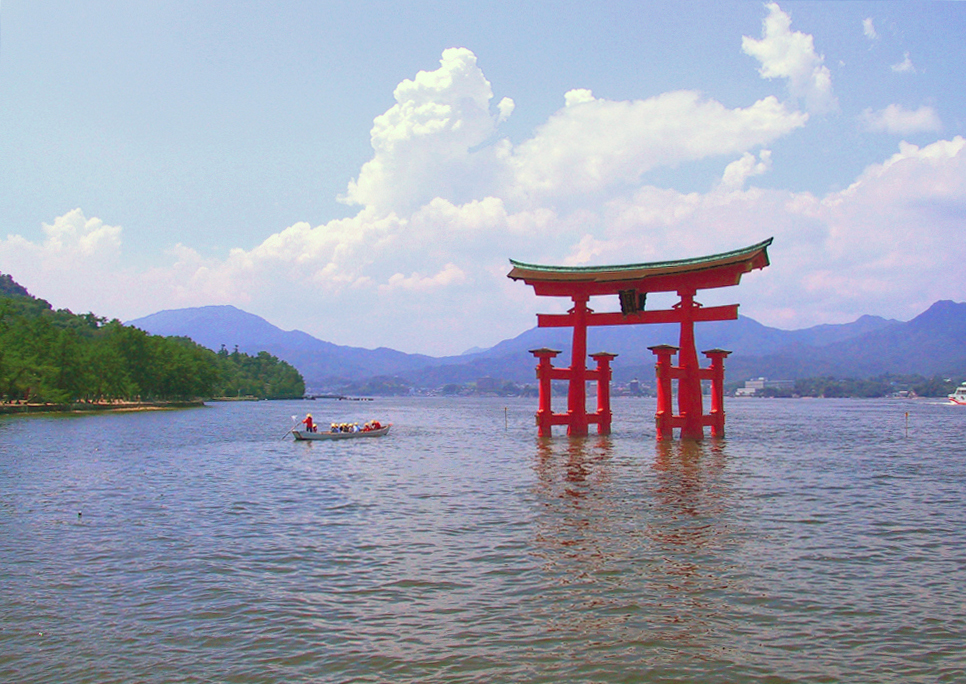The first Japanese vehicles to capture the imagination of many Americans were the Z cars from Nissan. Beginning with the 240Z in 1970, Nissan brought the performance of expensive European cars to Americans at an affordable price. The cars were a favorite of street racers due to their customizability and performance enhanceability. In contrast to English roadsters like the MGB and the Triumph TRs that had relatively small engines, the Z‘s were muscular sports cars with over 2 Liters of displacement and 140 hp.
Called the Fair Lady Z in Japan, from a Broadway visit by Nissan’s President for a performance of “My Fair Lady”, the cars went under the more prosaic name of Datsun Z here in America. There are varied discussion on the Web about why such names reflecting social trends and popular culture are acceptable in Japan but not in the US. Japanese car makers now seem to prefer vaguely Romanesque names that impart a sense of quality across time and space. Utilitarian vehicles like SUVs and trucks do not follow this convention and sports cars many times use combinations of letter and numbers like RX-8, NSX and MR2 to emphasize the technical nature of the product.
As Japanese companies no longer need to combat the stereotype of the boxy econocar prevalent in the 1970’s, it would be appropriate for them to showcase the Japanese-ness of their products with more creative names.
Considering that European companies such as Lotus name cars to reflect an ambiance like Elan and Europa, it would seem incumbent on Japanese manufacturers to follow suit with monikers based on their cultural landscape. As a public service I offer the following suggestions.
1. Haiku inspired sentiments such as the evanescence of life, the incipience of leaves changing color and the sweetness of melancholy.
2. Mythical and legendary figures such as the romantic hero Minamoto no Yoshitsune and the prototypical ninja Sarutobi Sasuke.
3. Place names famous for their beauty such as Nikko and Miyajima.







No comments:
Post a Comment